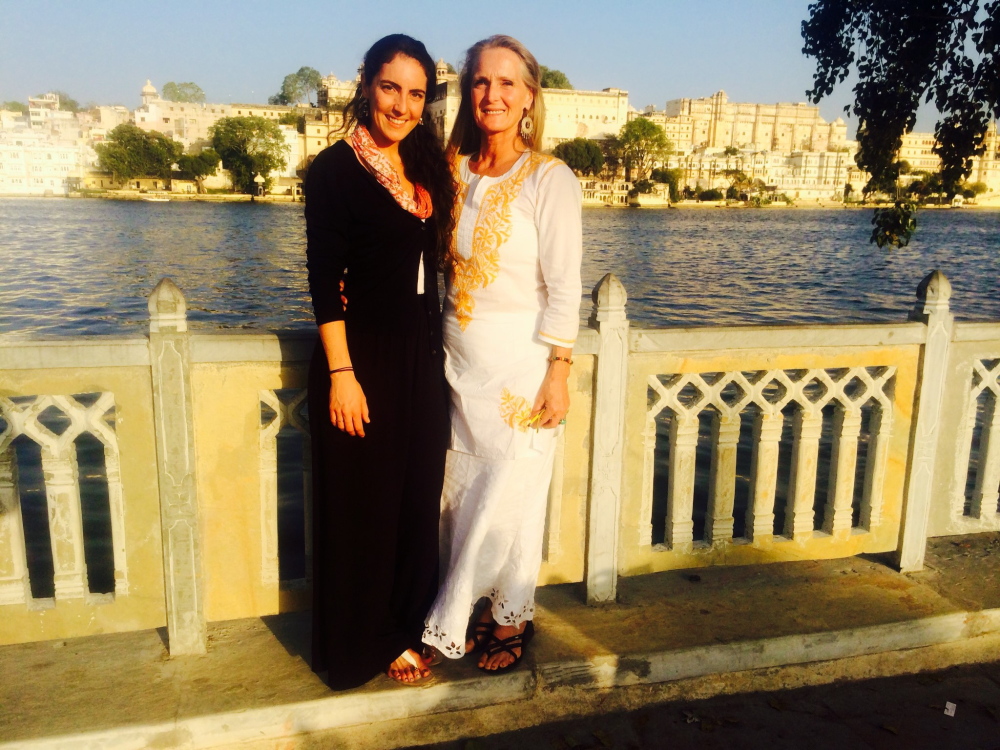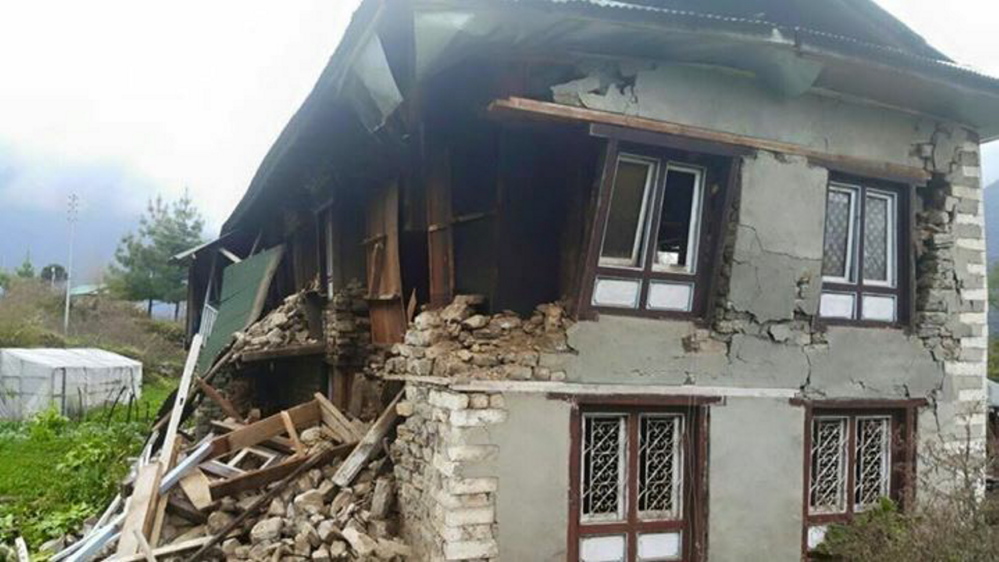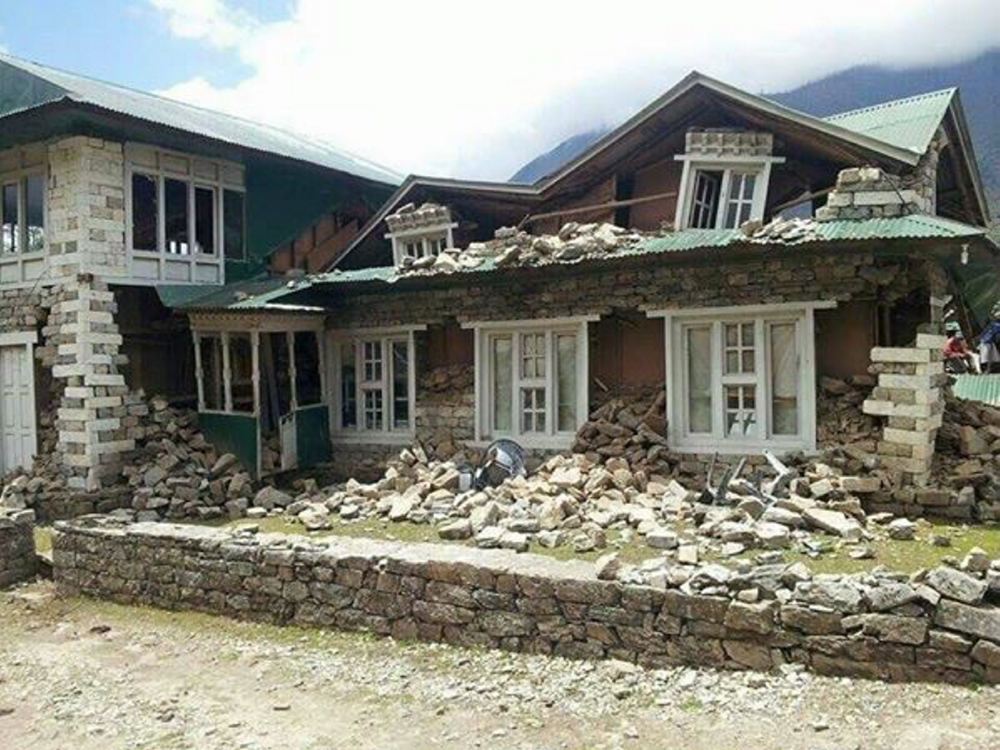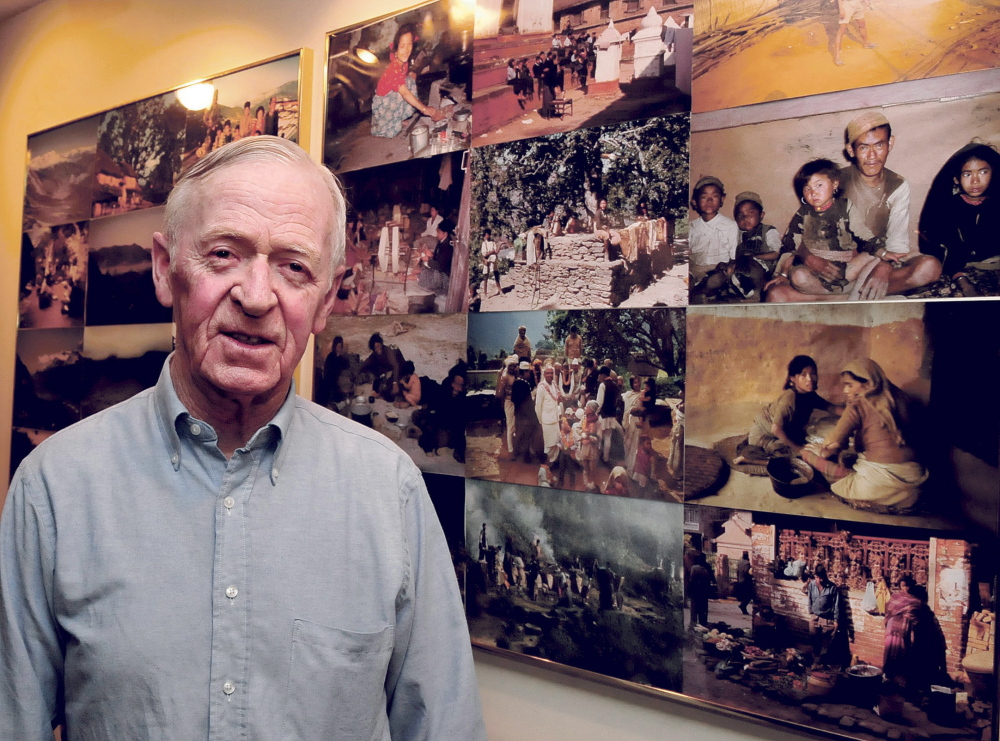The daughter of the Augusta woman missing since last month’s earthquake in Nepal is safe in the country’s capital following another quake that hit the country Tuesday, killing at least 37 people and injuring more than 1,000.
Yasmine Habash left for Nepal more than a week ago with her boyfriend, Reid Harris, to search for her mother, who was last seen on April 25 by a hiking companion in the area of Langtang, a village largely destroyed by the earthquake that day.
Dawn Habash, a 57-year-old yoga instructor who grew up in Gardiner, hasn’t been found.
Yasmine Habash’s brother, Khaled, posted an update Tuesday morning to the Facebook page created for the search, saying his sister and her boyfriend were safe in Kathmandu, the Himalayan nation’s capital. Aftershocks from the first earthquake had forced Yasmine Habash and her boyfriend to end the search and evacuate the area near where her mother had been traveling.
In an email Tuesday, Yasmine Habash said it’s been a difficult week, and she’s not ready to send any updates.
Peter Prindle, an anthropologist who lives in Waterville and has studied Nepal for decades, said more than half of the people affected by the earthquakes will likely not receive financial aid or help because their communities are isolated and difficult to reach. As has happened in the past, aid will likely reach the larger population centers and more wealthy areas, he said.
Prindle taught at Colby College and his wife, Tamae Prindle, is a professor of East Asian language and Japanese literature at the college.
Many of Nepal’s people live in remote rural communities and are used to relying on themselves, Prindle said.
“For most of them, they can cope,” he said. “They’re used to crop failures. They’re used to a lot of sort of basic problems.”
The country has virtually no modern industry and much of its economy comes from remittances, money transferred from friends and relatives working in other countries, Prindle said.
In 2014, Nepal was tied for third in countries with the highest percentage of gross domestic product from remittances at 25 percent, according to the World Bank. That is nearly double the country’s revenue from exports of goods and services.
Prindle, who was in the first Peace Corps group to travel in Nepal in 1962, has been in contact with friends who live there.
None of his friends there was killed by the earthquakes, but a contact living in a village near Lukla, east of Kathmandu and south of Mount Everest, said Tuesday’s earthquake finished off many of the buildings damaged in last month’s quake.
Prindle said Langtang, the village where Habash was last seen on the day of the earthquake, received so much damage from an avalanche because the surrounding area is very steep.
“It doesn’t look good,” he said of the chances of finding Habash.
Around 200 bodies are believed to be buried beneath rock and snow in Langtang Village, according to Reuters. On Sunday, officials suspended the search for bodies there because of the continuing avalanche risk.
Khaled Habash, of Portland, told the Kennebec Journal on Monday that he didn’t want to say the search for his mother was over but admitted that might be the case. His sister would have stayed longer to search if she wasn’t evacuated from that area for safety reasons, he said.
“I don’t know what there is to do,” Khaled Habash said. “We’re all heartbroken, but she can’t be in a dangerous place.”
The magnitude 7.3 earthquake that hit Tuesday caused the most damage in districts northeast of the capital, according to the Associated Press. At least 37 people were killed and more than 1,100 were injured, according to the Home Ministry, but officials and aid workers said they expected the death toll to rise.
The magnitude 7.8 quake that struck last month, Nepal’s worst recorded earthquake since 1934, killed more than 8,150 and left hundreds of thousands homeless.
Paul Koenig — 621-5663
Twitter: @pdkoenig
Send questions/comments to the editors.





